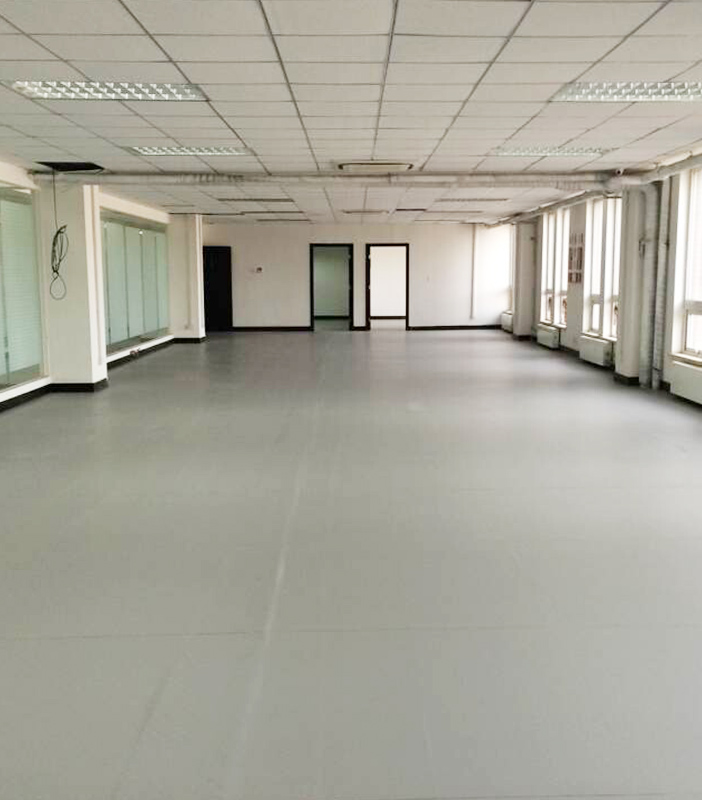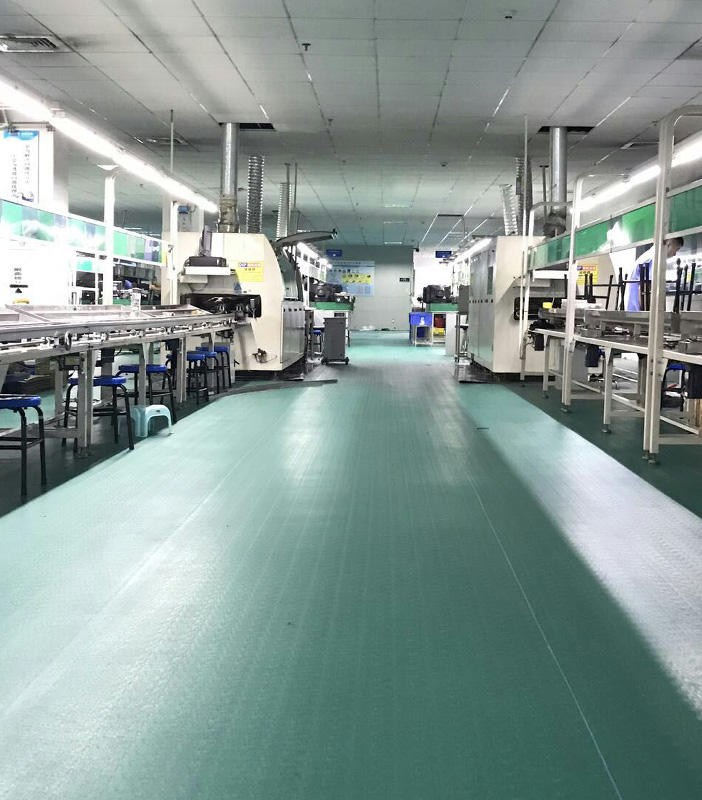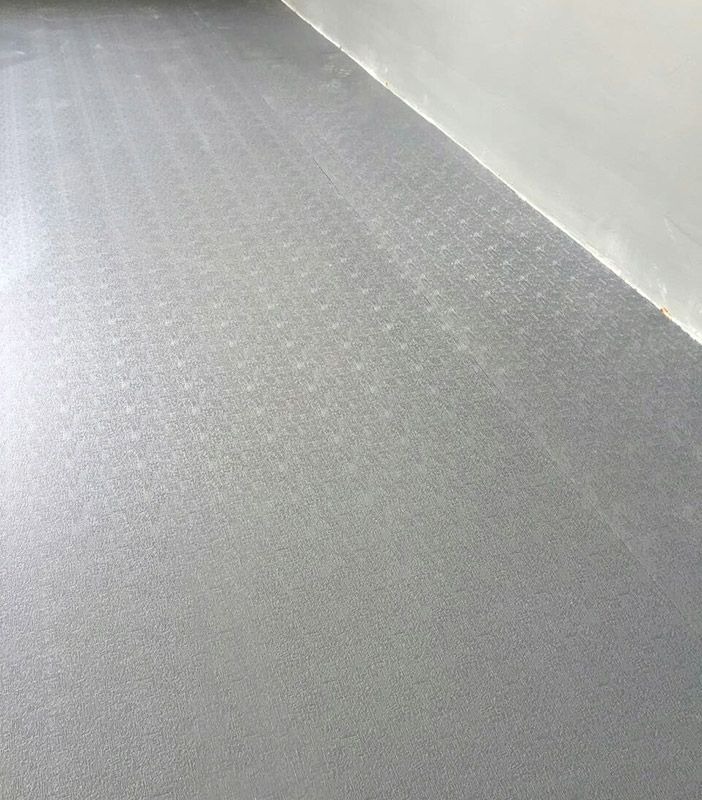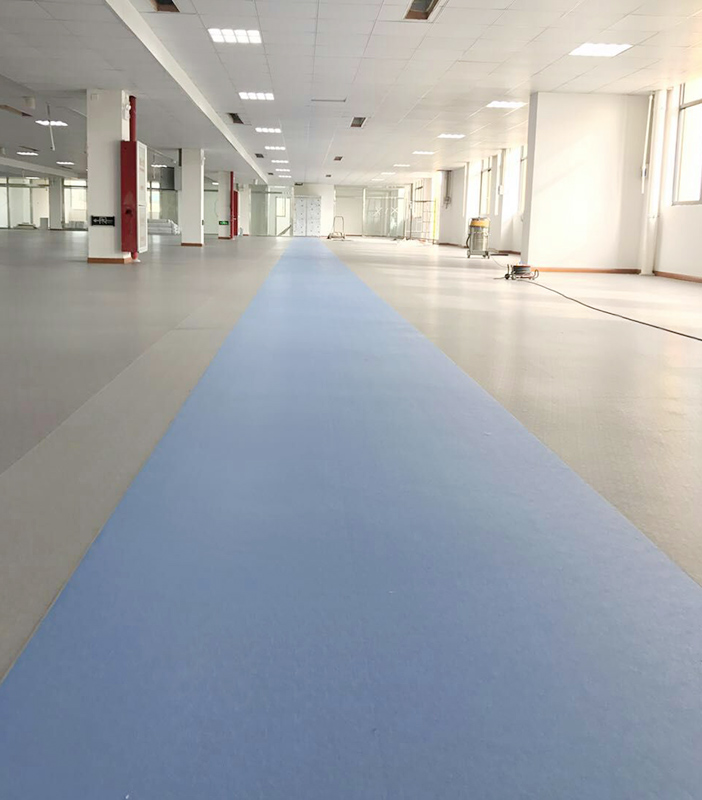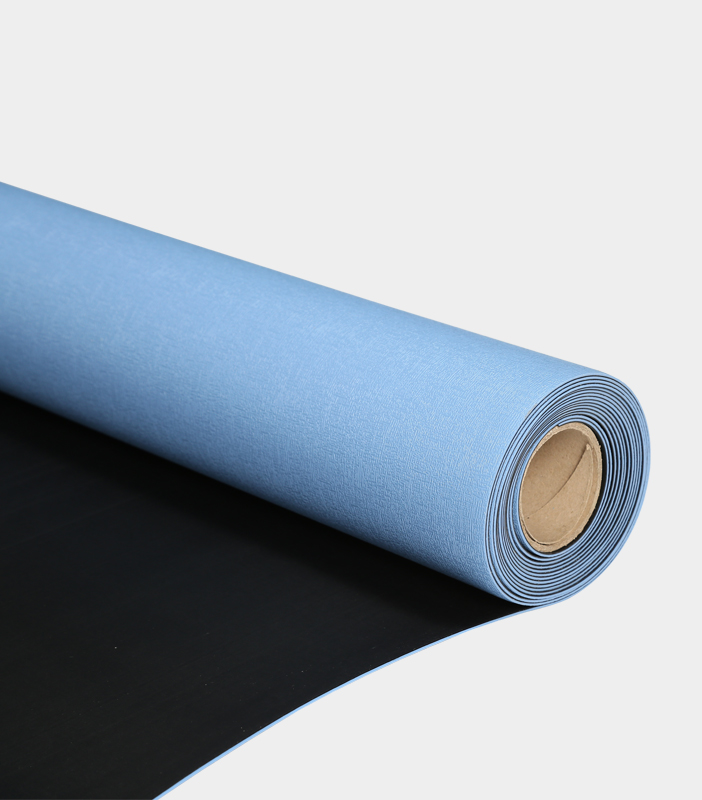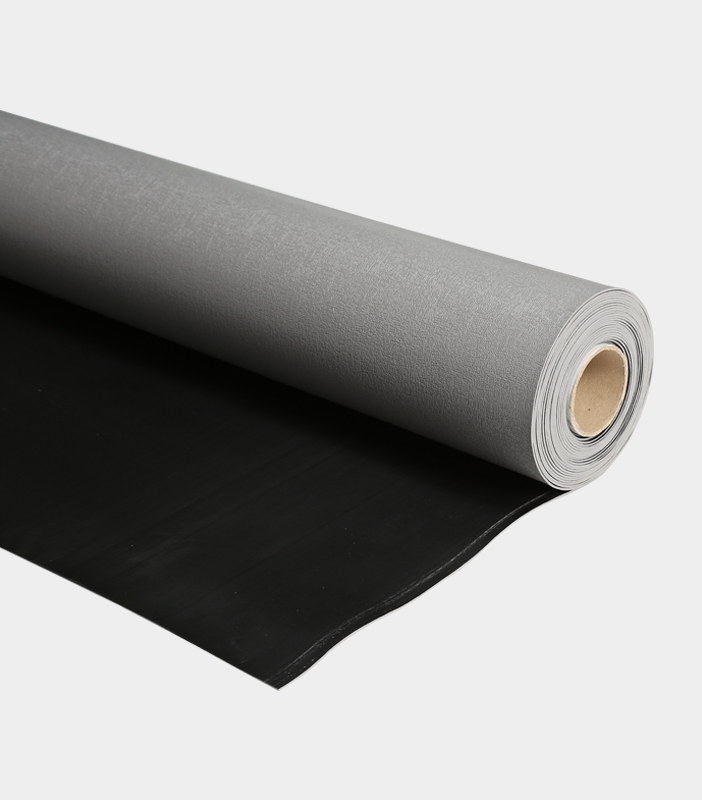The production process of a "No Bad Smell Anti-Static Table Mat" involves several steps to ensure the mat is manufactured with high quality materials and meets specific standards for anti-static properties and odor control.
The first step in producing an anti-static table mat with no bad smell is selecting the right materials. High-quality, anti-static rubber or PVC materials are commonly used. These materials are chosen for their durability, anti-static properties, and resistance to odors. The material should be free from harmful chemicals and substances that may emit unpleasant odors.
Once the materials are selected, they are carefully mixed and formulated. This process involves blending the base material with various additives, such as anti-static agents and odor-reducing compounds. The exact formulation may vary depending on the manufacturer's proprietary recipe. This step ensures the mat will have both anti-static properties and a neutral or pleasant scent.
The mixed material is then extruded into the desired shape and thickness. Anti-static table mats often have a textured surface to improve their grip and reduce the risk of static discharge. The extrusion process shapes the material into the mat's final dimensions.
The extruded mats are subjected to a curing process, which can involve heating in an oven or through chemical treatments. This step helps set the material's physical properties and ensures it retains its shape and anti-static characteristics.
After curing, the mats are cut into the required dimensions, often based on standard table sizes. Precision cutting ensures that the mats fit well on tables and workstations.
Quality control is a crucial aspect of the production process. Mats are inspected for defects, such as bubbles, irregularities, or odor issues. This step is essential to ensure that the final product meets the "No Bad Smell" and anti-static requirements.
If any residual odors are detected during the quality control stage, an additional odor control treatment may be applied. This can involve the use of odor-neutralizing chemicals or exposure to controlled environmental conditions to remove any unwanted smells.
Once the mats pass all quality checks, they are carefully packaged to maintain their quality during shipping and storage. Packaging materials are chosen to prevent odors from being absorbed and to protect the mats from any potential damage.
Before shipment, a sample from each production batch is subjected to further testing to confirm its anti-static properties. This typically involves measuring its surface resistance to ensure it meets anti-static standards.
The production process of a "No Bad Smell Anti-Static Table Mat" requires careful selection of materials, meticulous formulation, and rigorous quality control. The combination of anti-static properties and odor control ensures that these mats provide a clean and safe surface for various electronics and workstations while maintaining a pleasant working environment. Manufacturers adhere to these steps to produce high-quality, odor-free anti-static table mats that meet the expectations of customers.

 简体中文
简体中文 English
English España
España Deutsch
Deutsch